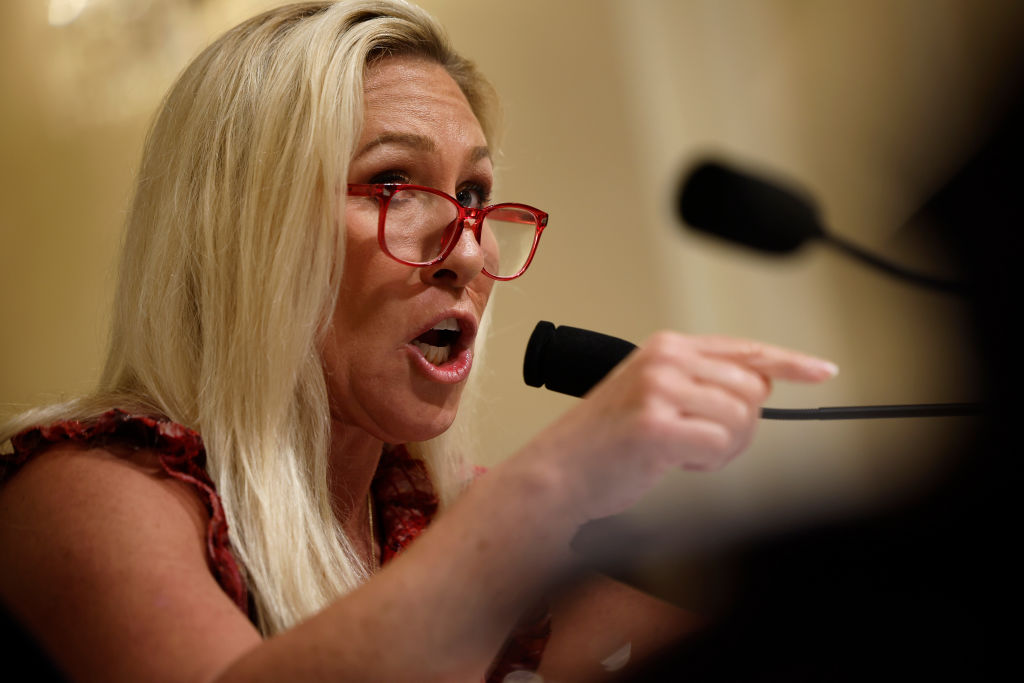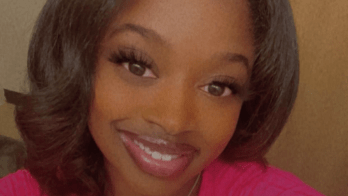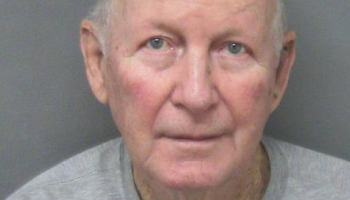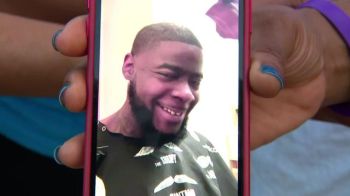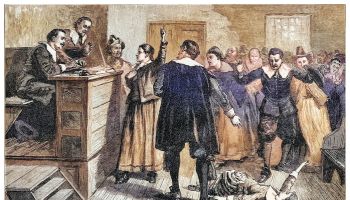Racial inequities and incidents on college campuses throughout America have sparked a new wave of student activism. This generation of leaders who are at the forefront of working towards bringing transformative justice to their schools stands on the shoulders of fearless Black student activists who came before them; including a group of Swarthmore College scholars who organized a historic eight-day sit-in at the institution in 1969 to address the injustices they experienced on campus. The activists are the focus of a new book.
The book—titled Seven Sisters and a Brother: Friendship, Resistance, and Untold Truths Behind Black Student Activism in the 1960s—explores the racial climate on the Pennsylvania-based campus during the late 60s through the lens of then students Joyce Baynes, Marilyn Holifield, Marilyn Allman Maye, Harold S. Buchanan, Jannette O. Domingo, Aundrea White Kelley, Bridget Van Gronigen Warren and Myra E. Rose. The residual effects of the state of race relations in the country amidst the Civil Rights Movement had a direct impact on shaping their college experiences.
When Baynes—a Springfield, Massachusetts native—made the decision to enroll at Swarthmore and got accepted, the accomplishment had been a fulfillment of her and her family’s dreams. She came from a poor working-class family who moved from Baltimore during the Great Migration to provide their children with opportunities for a better life. Her father had an 8th grade education and her mother didn’t finish high school. Both of her parents wanted Baynes and her four siblings to accomplish more than they did. Her acceptance into the institution was a step towards laying the foundation for excellence.
Baynes’ excitement about attending the school quickly transformed into a culture shock. When she got to Swarthmore, she realized she was one of less than a dozen Black students at the school. “I got accepted and I really didn’t know what I was in for,” she told NewsOne. “Right before I came, I found out there were only 10 Black students in the whole school.” As she tried to get adjusted to life in college, the disparities became apparent. The lack of diversity within the student body and among the faculty went unaddressed and the liberal school didn’t have a Black studies program. Baynes and other students had to travel to the University of Pennsylvania and Lincoln University to take courses on what was then referred to as “Negro History.”
She and other Black students often gathered in their dorm rooms to share their dismay about the things happening on campus and began to develop plans for mobilization. “We would talk about how we were feeling and some of the things that were going on in our classes. We got agitated by the unfairness,” she said. They took the issue surrounding campus diversity into their own hands. They worked with guidance counselors at high schools in the city of Chester to bring high-achieving Black students to Swarthmore. Although they took pride in leading these efforts that exposed Black youth to higher education, the group says it was a job the university should have taken on. “We didn’t have a critical mass of Black students. When the admissions department said they couldn’t find Black students, we weren’t going to take that,” she said.
It was the release of a controversial report compiled by school administrators that prompted the students to take more of a radical approach towards spreading awareness about the injustices they were experiencing at the school. The report, which was made public in the library on campus, included the SAT scores, grade point averages, household incomes and other pieces of personal information pertaining to the Black students at Swarthmore. Although their names weren’t included in the report, the students felt indignantly violated. The report ultimately led to their historic act of protest.
On January 9, 1969, the students took over the college’s admissions office and demanded that school administrators take actionable steps towards increasing the representation of Black students and faculty and adding classes surrounding Black studies to the institution’s course offerings. The protest halted campus activities. Those who participated in the sit-in not only wanted to bring attention to what was happening at Swarthmore, but shine a light on the commonalities between their experiences and those of other Black students on different campuses. “It was a very strategic plan, very non-violent,” she told NewsOne. “It was quite a risk because no one knew what the reaction was going to be. They didn’t know if they’d be arrested. They didn’t know if they were still going to graduate because four of them were seniors. They didn’t know if they were going to get expelled or suspended.” Baynes—who was a mathematics major and member of the school’s varsity basketball team—did not participate in the event because she graduated a semester earlier. However, she was instrumental in organizing efforts that led up to the protest. The sit-in ended due to the medically related death of the college’s president Courtney Smith.
The efforts of the students did not go in vain. Black student enrollment increased the following year and a Black Admissions Dean was brought on board. However, for years the sit-in was often portrayed in a negative light. Nearly 40 years after their brave efforts, the school recognized the trailblazers and the sit-in as the most consequential action in its 150-year history. “It felt really good to be recognized,” said Baynes. “You really don’t know if what you’re doing now has any impact later.” Swarthmore’s campus and the surrounding area—which has ties to the Underground Railroad—is embedded in the fabric of Black history and their efforts were just an extension of that. What happened in 1969 would not only shape the school, but the history surrounding activism at colleges across America as well.

Source: Yvette N. Harris
Although the university has taken leaps in racial inclusion, which included the creation of a Black cultural center, Baynes says there is still an overarching need for more diversity in academia. According to the Journal of Blacks in Higher Education, although there has been some progress, Black students are still underrepresented at the nation’s top universities. Furthermore, Black professors struggle to secure tenure-track jobs, Inside Higher Ed reported. As for her thoughts surrounding today’s generation of activists, she believes groups who are fighting for justice need to put the focus on mobilization.
She also hopes that colleges and universities throughout the country continue to push Black studies programs forward. “They need to have Black studies and it needs to be carried on, meaning those aspiring teachers who are studying education need to put it in our school curriculums so that our children will know about our history; not just Black children but all children,” said Baynes.
Her passion for advocacy has been passed down to her children. One of her sons, who sits on the board at the New Jersey Institute of Technology, is leading an initiative to get more Black boys into STEM programs and then eventually get them to enroll in the Newark-based school.
She says one of the most valuable parts of her experience is the lifelong bonds she developed with her co-authors that are rooted in activism. They’ve supported each other through major life events. Baynes hopes her story and the personal narratives of the other activists inspire people of color to stand up for themselves in different spaces. “I want them to understand that we as a people deserve respect. Whether we are on a college campus or in the workplace, our counterparts and colleagues need to give us the respect we deserve.”
As far as what’s on the horizon for the book, it may potentially be turned into a film.
SEE ALSO:
Black Students Shut Down By Some Colleges Over Activism, Study Says
Racism At Syracuse: A Timeline Of Racist Occurrences On Syracuse’s Campus
